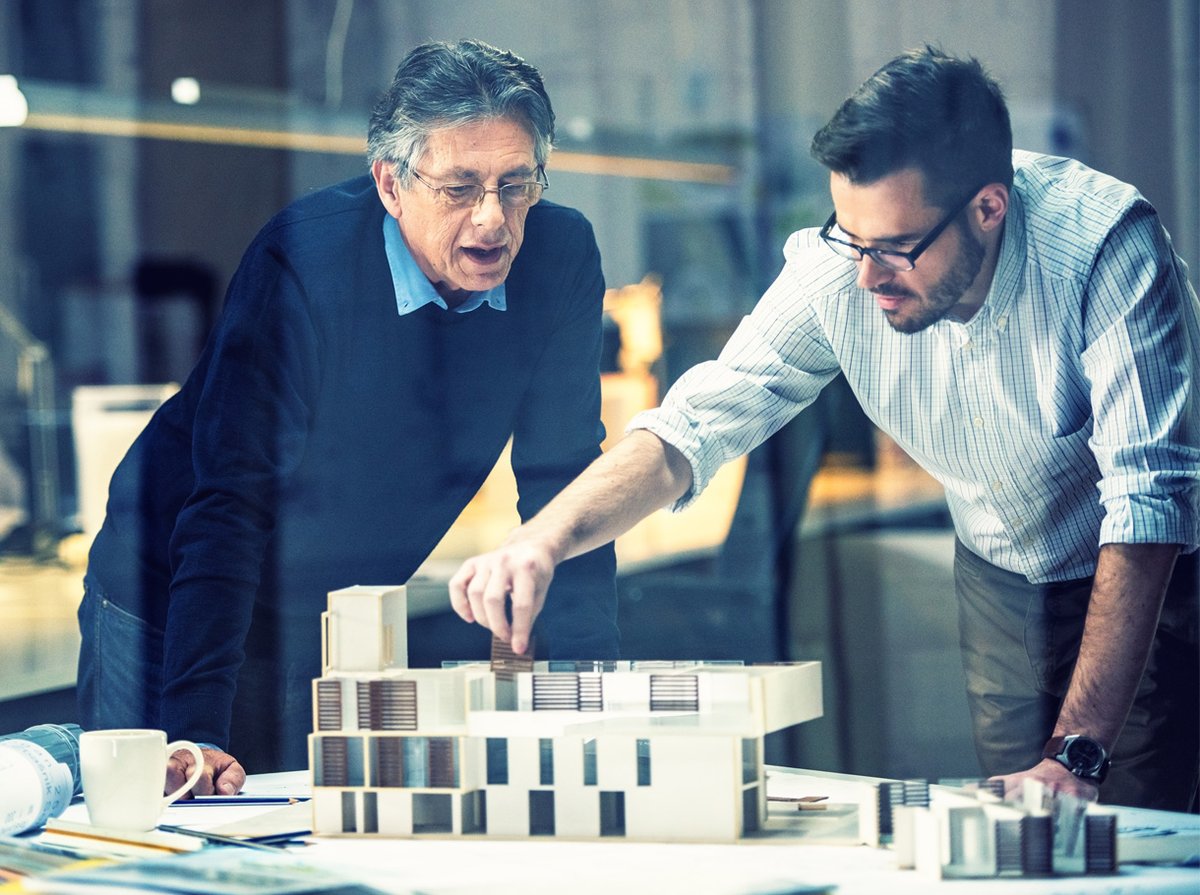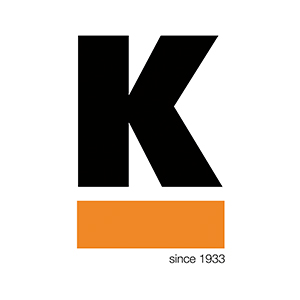
Architect Michael Lengacher reports in an interview on how productive the collaboration with Kilchenmann is.
The architectural firm Aebi & Vincent Architekten SIA AG has already realized numerous projects together with Kilchenmann as a partner. The most recent was the conversion of the Bern market hall into a new outdoor world by Transa. In this interview, project manager Michael Lengacher talks about his experiences with the media and communication technology partner.
Mr. Lengacher, how does a project like this usually work? In which case and at what point does the media and communication technology partner come into play?
At the beginning, the client defines the basic requirements. Their needs are often not yet clearly defined. As architects, we consult an electrical planner relatively early on. However, when it comes to more complex matters, such as the control of audio, video and lighting, Kilchenmann is approached directly as a media and communication technology provider. This usually happens during the design phase. They are at the table right from the start because they know exactly how to deal with special requirements, what the right solutions are and what the cost implications are. Fortunately, as an architect you are not a specialist in audio technology. We need someone who has the right components, finds simple solutions in terms of programming and operability and ensures that the components are linked.
"As architects, we're not specialists in audio technology, so luckily Kilchenmann was at the table from the very beginning."
Was this approach also chosen for the Transa project?
Yes, although the initial situation was unusual. On the one hand, store construction and furnishings were planned. On the other hand, the client expressed the wish that events, lectures and training courses could also be held in the store outside of store opening hours in future. This new approach was taken with a so-called pop-up area. This combined concept presented an unusual task that had to be approached first.
What did this initial situation mean in terms of media and communication technology?
We were unable to draw on reference projects for the concept, such as a school building. Screens, the microphone and audio system, a screen, a projector and the lighting technology had to be selected in view of the fact that the store would be used for both normal sales and a wide variety of events. The aim was to develop a concept to create different scenarios and moods, particularly with the help of the lighting. To this end, we worked with a lighting designer. Kilchenmann took care of the design and installation of the control system.
What are Kilchenmann's strengths in a project like this?
Kilchenmann is very flexible and, I think, in smaller projects they could do a lot autonomously. They can cover the planning and design, but also procure components and ultimately install them. They offer the whole range and also take on the coordination between the individual parties involved. This is because they know exactly which people, including partners for example, are needed and when. The fact that Kilchenmann takes on the technical coordination between the specialists is a great added value for us in the project.
How did the collaboration and work processes in the Transa project work?
We have not chosen a specific model. During the process, interfaces were defined on an ongoing basis. At the beginning, we sat together, familiarized ourselves with the project and looked at who could provide which services. This was another example of Kilchenmann's flexibility. As an architect, you quickly realize whether a company has it under control and is well networked. Kilchenmann has very broad expertise and knew which levers had to be pulled to make the project work.
"Because Kilchenmann manages such diverse and complex projects, the team is used to constantly finding new solutions and proactively addressing any difficulties."
What about any difficulties? How did Kilchenmann deal with these during the project process?
As they manage such diverse and complex projects, they are used to constantly finding new solutions and proactively addressing any difficulties. When it comes to issues where the same discussions often arise, they keep their finger on the pulse early on. In the initial phase, you often want to build the Ferrari. But you usually get to the point where you have to take a step back and look at what the client really needs. Kilchenmann is adept at scrutinizing a project against this background.
"This works smoothly with Kilchenmann. As a partner, he thinks along with us from the outset, explores technical possibilities and looks for the right high-quality products to take into account more specialized ideas and scenarios."
How did the project ensure that the aesthetic aspects and functionality of the technology went hand in hand?
In the Transa project, it was fortunate that all those involved encouraged each other to come up with a joint solution. That is the ideal case. As architects, we also have design requirements for the technology. For us, for example, the question is how the lamp looks, how it is installed and what mood it creates. Nowadays, technology has an increasingly large presence in the room. It should therefore be integrated and appear uncluttered. Added to this are the client's ideas from the user's perspective. It takes a willingness on all sides to find a solution together. This works smoothly with Kilchenmann. As a partner, it thinks along with the client from the outset, investigates technical possibilities and looks for the right high-quality products to take into account more specific ideas and scenarios.
"Kilchenmann offers the entire range and also coordinates between the individual parties involved."
Were there any special construction specifications that the Kilchenmann team had to observe?
In addition to the client's specific requirements, there were also some structural challenges during the installation work as it was a conversion. For existing components such as the old ceilings, solutions had to be found that preserved the substance. In this case, trusses were used for this purpose. This made it possible to secure the old structure in an orderly manner. These require fewer fixing points and are also more flexible when hanging components such as lights. The projector and loudspeakers could also be mounted on them.
"For us, Kilchenmann taking on the technical coordination between the specialists is a great added value in the project."
What can you say about efficiency and adherence to deadlines?
Of course, despite good planning, you can't always control everything, especially when it comes to delivery times. However, I would describe the Transa project as extremely efficient. A concept was created within a very short time. Audio and video technology components were installed while the conversion was still underway. A certain deadline pressure was omnipresent in the project, as the store opening had already been publicly scheduled. The lighting had to be ready for use by then. This was also ensured, while lower-priority items were optimized afterwards.
"As an architect, you quickly realize whether a company has it under control and is well networked. Kilchenmann has very broad expertise and knew which levers had to be pulled to make the project work."
And would you recommend Kilchenmann to others?
I would definitely recommend Kilchenmann as a media and communications technology partner. They are absolutely specialized in their field. In fact, as an architect, I don't know many people who can do all that. For me, Kilchenmann is the company to go to in Bern. You know them and their versatile skills. For further tasks, such as the Transa project, we will certainly be talking to them again.

